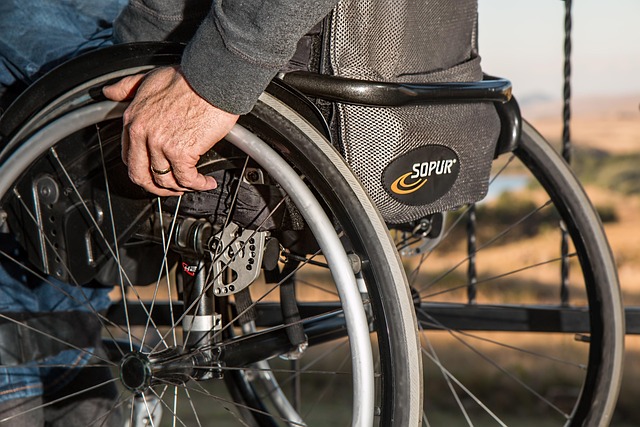Heat Sensor Technology: Monitoring Temperature with Precision
In the fast-paced world of technology, the ability to accurately monitor temperature is essential across numerous industries—from healthcare to manufacturing, and even everyday household appliances. At the heart of this capability is sensor heat technology, a remarkable innovation that allows us to detect and measure temperature changes with incredible precision.
Imagine how critical it is in a hospital setting to monitor a patient’s body temperature continuously. Even the slightest variation can indicate the onset of an infection or some other health concern. Thanks to sensor heat devices, healthcare professionals receive real-time data that is accurate and reliable, helping them make informed decisions swiftly.
These sensors work by detecting changes in thermal energy and converting those changes into electrical signals that can be interpreted and analyzed. Modern heat sensors utilize a variety of principles—such as thermocouples, resistance temperature detectors (RTDs), and infrared sensors—to suit different needs and environments.
In industrial environments, precise temperature monitoring helps prevent equipment failures. For example, overheating in machinery can lead to breakdowns or even hazardous situations. Employing high-quality sensor heat technology means that businesses can maintain operational safety and efficiency by catching temperature anomalies before they escalate.
What truly sets modern heat sensors apart is their sensitivity and speed. They can detect even minuscule changes in temperature, providing immediate feedback. This precision is crucial in applications like environmental monitoring, where understanding subtle temperature fluctuations can influence research outcomes or agricultural practices.
For tech enthusiasts and DIY hobbyists, sensor heat components are often integrated into smart home systems. These sensors help regulate heating and cooling, contributing to energy savings and comfort. They also enable users to control appliances remotely, creating smarter and more responsive living spaces.
As technology continues to evolve, the role of sensor heat technologies becomes even more significant. With ongoing advancements, we can expect heat sensors to become smaller, more energy-efficient, and even more accurate. This will open new doors for innovation in fields that rely heavily on precise temperature control and monitoring.
Whether you’re working in a factory, tending to patients, or engineering a smart home, understanding and appreciating the capabilities of heat sensor technology is vital. It’s not just about measuring temperature—it’s about harnessing the power of precision to improve safety, efficiency, and quality of life.




